From Selby to Goole….”
The North Eastern Railway opened the direct line from Selby towards Goole as late as 1910. It was built partly as a way of bypassing the swing bridge at Selby that trains had to cross on their way from Leeds to Hull. The line was never really a success though and, not surprisingly, was included in the Beeching Plan and closed throughout in 1964.
Location

Services: Past, Present & Future?
Back in 1962 the direct line from Goole to Selby had 4 trains each weekday in each direction. There were 5 trains on Saturdays but none on Sundays. The journey time was 24 minutes inclusive of three stops.
Today a direct bus takes around 50 minutes although sometimes it can be quicker, but certainly not cheaper, to use the train via Gilberdyke.
There are clearly no plans to reopen the line.
Selby to Goole Track Bed
There were three intermediate stations, and as we set off towards Goole, we headed towards the first one at Barlow.

There was a sign where the station used to be and it explained that what was now known as Barlow Common, a local nature reserve, had once been used as a ballast tip by the railway and even contained rubble from bomb-damaged Hull.
The formation of the old railway was clear at this point and we walked along it for a short distance. It was picturesque, tranquil and a complete contrast to what we would find around the next station site: Drax Holes.

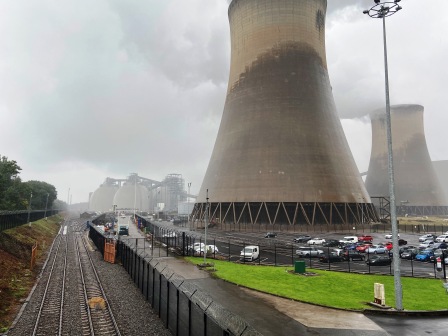
A short section of the old line has been retained at Drax to serve the vast power station opened in the 1970s. The short section of retained line now connects with the old Hull & Barnsley line that it used to intersect at a right angle.

The lines once supplied vast amounts of coal to the station but the plant, the largest in the UK, has been converted to operate with biomass. Trains now bring the raw material and take away by-products of the new process. Looking back from near the site of the third station, Airmyn, the whole profile of Drax could be appreciated. In a strange sort of way, I found it beautiful.

From Airmyn the old line used to curve northwards (B) and then join the Doncaster to Hull line (A) just south of Goole Station. Interestingly, Siemens are building a new factory to manufacture new tube trains for London’s Piccadilly Line almost at the site of the junction (C).

Goole
Goole (1869) was opened, in its present location, by the North Eastern Railway on the line from Hull to Doncaster, although the Lancashire and Yorkshire Railway had opened a station in the town earlier in 1848.
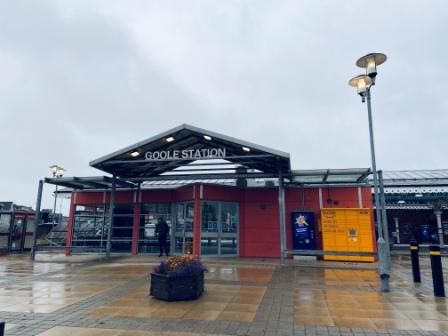

Today the station, recently completely modernised, is operated by Northern Trains. It is mainly used by trains linking Doncaster and Sheffield with Hull and Scarborough. It is the second in the song to be in Yorkshire and it was used by 278,000 people in 2018.
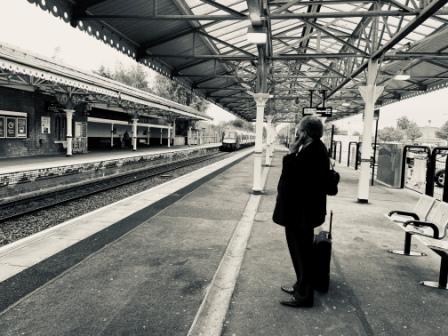
We stayed overnight in Goole and had the chance for a good look around. It was industrial and a little run down in places perhaps, but the whole place was quite fascinating.
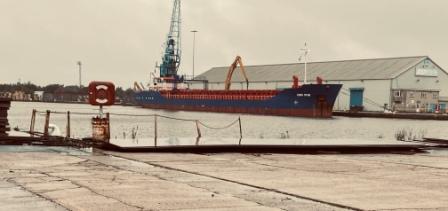
Goole is the UK’s furthest inland port and is situated on the River Ouse which eventually flows into the Humber and out into the North Sea.

The railway bridged the Ouse in the 19th century, but road bridges came much later. In fact, the M62 near Goole, built in the early 1970s, was the easternmost road crossing until the famous Humber Bridge near Hull was built in the early 1980s.

We had a bit of a wander in the area around the docks and we were surprised to see how close to the waterfront you could get. Today Goole hosts cargo liners and has a marina for pleasure craft, but for most of its history the port was involved with the transhipment of coal from railway and canal to ocean-going craft.

On our walk we managed to spot a couple of the town’s industrial landmarks; a “Pudding crane” that used to transfer cargo from narrow boats, and the distinctive water towers nicknamed “salt” and “pepper”.
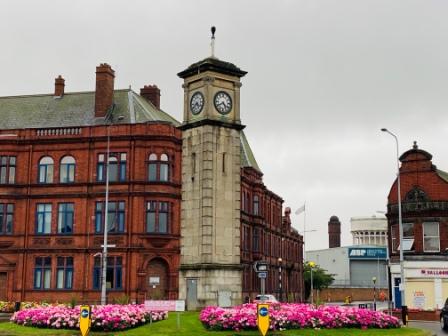

We walked into the centre of town passing a branch of Morrison’s supermarket that was housed, quite creatively, in an old mill. The town centre, based on a pedestrian precinct, had the usual mix of national chain and local shops but there was some interesting Victorian and Edwardian features dotted around too.
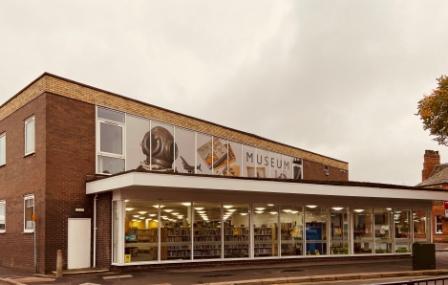

To round off our visit we went to the little Goole Museum housed in the library. It told the fascinating story of the town, the port and some of the ships that had been built around about. For a small-town museum, it was well done. The staff members were especially friendly and eager to explain everything.

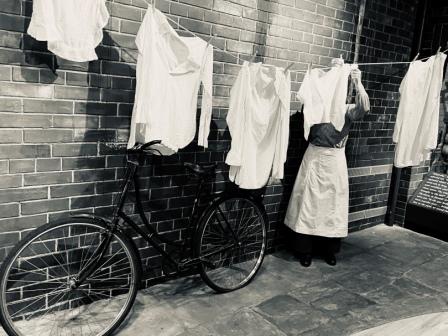
Goole might not be the most obvious place to visit but it is certainly worth getting off the train for an hour so for. It is no longer possible to get a direct train from Selby, of course.
